Stylish Metal House Numbers: Elevate Your Home's Exterior Appeal
When you're thinking about how your house looks from the outside, the little things really do matter. It's not just about the paint or the landscaping; even something as simple as your house numbers can make a big difference. Choosing the right metal house numbers can totally change how people see your place, making it look sharper and more put-together. We'll look at how to pick the best ones for your home's vibe, what materials work well, and where to put them so everyone can see them.
Key Takeaways
- Think about your home's overall look when picking metal house numbers. Modern homes might look good with sleek stainless steel, while older homes could suit classic brass or bronze.
- Materials like stainless steel, brass, and bronze are tough and last a long time, handling weather well. Powder-coated finishes add extra protection and color.
- Make sure your house numbers are big enough and use a clear font so they're easy to read from the street, both day and night. Good contrast with the background helps a lot.
- Placing your numbers where they're easily seen, like near the front door, on a garage, or on a post by the driveway, makes a big impact.
- Consider adding lights to your metal house numbers, either built-in, solar-powered, or with landscape spotlights, to make them visible after dark and add a nice touch.
Choosing the Perfect Metal House Numbers for Your Home's Style
Picking out house numbers might seem like a small detail, but honestly, it makes a big difference in how your home looks from the street. It's like the first handshake your house gives to visitors. The right numbers can really tie everything together, making your place look more put-together and, well, stylish. Think about your home's overall vibe – is it sleek and new, or more old-school and cozy? That's your starting point.
Modern and Minimalist Metal House Numbers
If your home has clean lines and a contemporary feel, you'll want numbers that match. Think simple shapes and finishes. Matte black, brushed nickel, or polished stainless steel work wonders here. These numbers don't have a lot of fuss, which is exactly the point. They blend in just enough to look sophisticated without being hard to see. It’s all about that clean, uncluttered look that says 'modern' without shouting it.
Rustic Charm with Distressed Metal
Got a farmhouse, a cabin, or just love that cozy, lived-in look? Distressed metal numbers are your best bet. These often have a slightly worn, antique appearance, maybe with a bit of rust or a textured finish. They pair really well with natural materials like wood or stone. You can find them in wrought iron or cast aluminum, sometimes with a bit of hand-painted detail. They just add this warm, inviting character that feels really authentic.
Timeless Elegance: Traditional Metal House Numbers
For homes with classic architecture – think Victorian, Colonial, or even some older Craftsman styles – traditional numbers are the way to go. These often come in materials like brass or bronze, which have a rich, enduring look. You might see them with slightly more ornate details or classic fonts, like serif styles. They have a certain gravitas that just fits with older, more established homes. They're not flashy, but they definitely have a distinguished air about them.
Coastal Vibes with Marine-Grade Metal
Living by the sea or just dreaming of a beach house? You'll want numbers that can handle the salty air and moisture. Marine-grade stainless steel or powder-coated aluminum are great choices because they resist corrosion. The style here can lean towards simple and clean, or you might find numbers with subtle nautical touches, like a rope motif or a slightly weathered finish that mimics driftwood. It’s about capturing that relaxed, breezy feel of the coast.
Material Matters: Durability and Aesthetics of Metal House Numbers

When you're picking out house numbers, the material is a big deal. It's not just about how they look, but also how long they'll last out there in the weather. Different metals have their own vibe, and some just hold up better than others. Think about what kind of look you're going for and how much upkeep you're willing to do. Choosing the right metal means your numbers will look good for years to come.
Stainless Steel: Sleek and Weather-Resistant
Stainless steel is a really popular choice, and for good reason. It's got that clean, modern look that works with a lot of different house styles. Plus, it's tough. It doesn't rust easily, which is a huge plus if you live somewhere with a lot of rain or humidity. It's pretty low maintenance too; usually, a quick wipe-down is all it needs to keep it looking sharp. It's a solid option if you want something that looks good and lasts without a lot of fuss.
Brass and Bronze: Classic Appeal and Longevity
If you're going for a more traditional or classic feel, brass and bronze are fantastic. They have this warm, rich color that just screams timeless elegance. You see them on older homes a lot, but they can also add a touch of class to newer ones. These metals are also really durable and can last for ages. Over time, brass and bronze can develop a patina, which is like a natural aged look. Some people love this aged look, while others prefer to keep it polished. It's worth noting that they can be a bit more expensive than other options, but you're paying for that classic style and lasting quality.
Powder-Coated Finishes for Enhanced Durability
Powder coating is basically a way to add a tough, colorful finish to metal. It's like painting, but way more durable. They spray a dry powder onto the metal, then bake it so it melts and forms a hard, protective layer. This is great because it adds an extra shield against rust, scratches, and fading from the sun. You can get powder coating in pretty much any color you can imagine, so it offers a lot of flexibility for matching your home's exterior. It's a good way to get a specific look while also making sure the numbers can handle whatever the weather throws at them.
Aluminum: Lightweight and Versatile Options
Aluminum is another metal that's used a lot for house numbers. It's lighter than steel, brass, or bronze, which can make it easier to install. It also doesn't rust, which is a big win. Aluminum can be shaped and finished in a lot of different ways. You can find it in brushed finishes, polished looks, or with those durable powder-coated colors we just talked about. Because it's so versatile and generally more affordable, it's a great option if you're looking for a good balance of style, durability, and price. It's a practical choice that still lets you get a nice-looking result for your home's address.
Size and Font Considerations for Optimal Visibility
Picking out house numbers isn't just about looks, you know? It's also about making sure people can actually see them. You don't want your mail carrier or, worse, emergency services, driving right past your place because the numbers are too small or hard to read. It’s a bit of a balancing act between style and pure function.
Selecting the Right Size for Distance
The distance from the street to your front door or where the numbers will be mounted really matters. If your house is set way back, you'll need bigger numbers than if it's right on the sidewalk. Think about how far away someone would be when they're trying to find your address. Generally, numbers between 4 and 8 inches tall work well for most homes. For houses that are further from the road, going even larger, maybe 10 inches or more, is a good idea. It’s all about making them pop.
Here’s a quick guide:
- Close to the Street (e.g., apartment buildings, townhouses): 4-6 inch numbers are usually sufficient.
- Average Distance (e.g., typical suburban homes): 6-8 inch numbers are a safe bet.
- Far from the Street (e.g., long driveways, rural properties): 8-12 inches or even larger might be necessary.
Choosing Legible Fonts for Metal Numbers
Fonts can make a big difference. While fancy script might look cool up close, it can turn into a jumbled mess from a distance. You want something clear and easy to read. Simple, bold fonts are usually the best bet. Think sans-serif styles that are clean and straightforward. Avoid anything with too many thin lines or elaborate swirls. The goal is for the numbers to be instantly recognizable, not a puzzle to decipher.
Consider these font types:
- Sans-Serif: Clean, modern, and very readable (like Arial, Helvetica, or Futura).
- Serif (Simple): Traditional fonts with small decorative strokes can work if they aren't too ornate (like Times New Roman, but a bolder version).
- Block Fonts: Thick, solid fonts that are highly visible.
Ensuring Contrast for Readability
This is super important. The color of your house numbers needs to stand out against whatever surface they're mounted on. If you have a dark-colored door or wall, light-colored numbers will work best. Conversely, if your house is light-colored, dark numbers will be much easier to see. It’s basic visual contrast, but it makes a huge impact on how quickly and easily your address can be found. Don't let your stylish numbers blend into the background!
Think about it like this: if you're trying to read a book, you want the text to be dark on a light page, right? It's the same principle for your house numbers. The better the contrast, the less effort it takes for someone to read them, especially when they're driving by or looking quickly.
Strategic Placement for Maximum Impact
Where you put your house numbers really matters. It's not just about making them easy to see, though that's super important. It's also about how they look with your house and how they guide people to your front door. Think of it like a little signpost for your home. Getting the placement right can make a big difference in how your house looks from the street.
Front Door and Porch Wall Placement
Putting your numbers right by the main entrance is a classic move for a reason. It's the first place people look when they arrive. You want them to be at a good height, not too high or too low, so they're easy to spot without craning your neck. This spot really highlights your entryway and makes it clear where the house begins.
Garage and Driveway Integration
Sometimes, the garage is the most visible part of the house from the street, especially if your driveway is long. Placing numbers near the garage door can be a smart way to make sure your address is seen. Just be mindful of the background; you don't want your shiny new numbers to blend into a similar-colored wall. A little contrast goes a long way here.
Freestanding Posts and Pillars
If your house is set back from the road, or if you have a long driveway, a freestanding post or a pillar near the entrance can be a great spot. This gives you a dedicated place for your numbers, making them stand out. It's a good option if you don't have a lot of wall space near the front door or if you want to add a bit of architectural interest to your landscaping. You can even put them on both sides of a pillar if your driveway splits.
Think about how a visitor actually finds your house. They're usually coming from the street, looking for a number. If it's hidden behind a bush or too small to see from a car, that's a problem. Good placement means they can spot it easily, even if they're not sure they're in the right place yet.
Illuminating Your Metal House Numbers

Making sure your house numbers are visible after dark is a smart move. It’s not just about helping the pizza delivery guy find you; it’s also about adding a touch of class to your home’s exterior. Think of it as the finishing touch that makes your place look good day and night. Good lighting makes your address stand out and adds a welcoming glow.
Backlit and Illuminated Options
These are pretty neat. They have lights built right into them, usually LEDs, that shine through or around the numbers. This gives off a really clean, modern look. They’re great for making your numbers pop against any background, especially if your house is set back a bit from the road. You can find them in different styles, from super sleek and minimalist to ones with a bit more detail. They really give your home a polished feel.
Solar-Powered Solutions
If you’re looking for something easy on the wallet and the planet, solar-powered numbers are a solid choice. They have a small solar panel that charges up during the day, and then they light up automatically when it gets dark. Installation is usually a breeze – no complicated wiring needed. They’re perfect for a low-maintenance way to add visibility. Plus, they’re a great way to go green while making your home look sharp. You can find a variety of solar options at many home improvement stores.
Landscape Spotlights for Accentuation
This is a more subtle approach. Instead of the numbers themselves lighting up, you use small spotlights placed on the ground or on nearby landscaping to shine directly onto your house numbers. It creates a dramatic effect, highlighting your address like a piece of art. You can aim them to cast a warm glow on the numbers, making them easy to read from the street. This method works well if you prefer not to have lights directly on the numbers themselves, or if you want to coordinate the lighting with your existing landscape features. It’s a nice way to add a bit of drama and sophistication to your entryway. You can find these types of spotlights at most garden centers.
When thinking about lighting your house numbers, consider the overall look you're going for. Do you want a bright, modern glow, or something more subtle and artistic? The right lighting can make a big difference in how your home looks after sunset, making it both more inviting and easier to find.
Coordinating Metal House Numbers with Your Exterior Decor
Making your house numbers fit in with the rest of your home's look isn't just about picking something that looks nice on its own. It's about creating a unified vibe, you know? Like how your front door hardware should kinda match your porch lights. It all adds up to a more put-together appearance. Think of it as the finishing touches that make your place feel intentional and cared for.
Matching Mailbox and Fixture Styles
This is probably the easiest place to start. If you've got a sleek, modern mailbox, then going for super ornate, old-fashioned house numbers might look a bit jarring. The goal here is consistency. Look at your existing outdoor fixtures – your porch lights, your door handles, maybe even your house numbers themselves. Do they have a common theme? Are they all brushed nickel? Or maybe a matte black finish? Try to pick house numbers that share that same material or finish. It doesn't have to be an exact match, but it should feel like they belong together. For instance, if your light fixtures are a dark bronze, then brass or bronze house numbers would probably look great. It’s about creating a visual conversation between these different elements.
Complementary Decorative Elements
Beyond just the functional fixtures, think about the other decorative bits on your home's exterior. Do you have a lot of natural wood accents? Maybe some stone features? Or perhaps you've got some colorful planters? Your house numbers can play off these. For a home with a lot of wood, maybe numbers with a slightly distressed finish or even a dark, earthy tone would work well. If you have a more modern home with clean lines, simple geometric numbers in a metallic finish would likely fit right in. It’s about finding a style that doesn't fight with what's already there but instead adds to it. Sometimes, just a simple contrast can make your numbers pop in a good way. For example, if your house has a light-colored siding, dark numbers will stand out nicely. Conversely, light numbers on a dark background can also be very effective. The key is to make sure they are easy to see from the street, which is a big part of why we have house numbers in the first place.
DIY Integration with Planters and Wood
If you're feeling a bit crafty, you can really get creative here. One popular idea is to attach your metal house numbers to a piece of wood. You could use reclaimed wood for a rustic feel, or a nicely finished plank for something a bit more polished. Mount this wood panel near your front door or along your driveway. Another fun approach is to incorporate the numbers into a planter. You can attach them to the side of a large pot or even create a small, freestanding display with the numbers mounted on stakes in the soil. This adds a touch of greenery and personality right at your entryway. It’s a great way to make your address visible while also adding a unique decorative element that feels very personal to your home.
Making your house numbers match your home's style is a simple way to boost curb appeal. Think about the colors and finishes that already exist on your home's exterior, like your door, window frames, or even your mailbox. Choosing numbers that complement these elements can create a really put-together look. Ready to find the perfect numbers that say 'welcome home'? Explore our collection of stylish house numbers today!
Final Thoughts on House Numbers
So, there you have it. Updating your house numbers might seem like a small thing, but it really can make a difference in how your home looks from the street. It’s a pretty simple way to give your place a little facelift without spending a ton of money or time. Whether you’re going for something super modern, a bit more old-school, or anything in between, picking the right numbers and putting them in a good spot helps people find you and just makes your house look more put-together. It’s one of those little details that shows you care about your home, and honestly, who doesn’t want that? It’s a good way to make your address stand out and leave a nice first impression.
Frequently Asked Questions
What are the best metal materials for house numbers?
For house numbers, stainless steel is a great choice because it looks nice and doesn't rust easily. Brass and bronze are also good because they last a long time and have a classic look. Aluminum is another option; it's lighter and can be finished in many ways, making it pretty versatile.
How big should my house numbers be?
The size of your house numbers really depends on how far they'll be from the street. Generally, numbers that are 4 to 8 inches tall work well. If your house is set back a good distance, you'll want to go with a larger size so they're easy to see.
What makes house numbers easy to read?
To make sure people can easily read your house numbers, pick a simple, bold font. Avoid fancy or swirly letters that are hard to make out from far away. Also, make sure the color of the numbers stands out clearly against the surface where you're putting them, like dark numbers on a light wall.
Where is the best place to put house numbers?
Good spots for house numbers include near your front door, on the wall by your porch, or above or next to your garage. If your house is far from the road, putting them on a post or pillar along the driveway can be a stylish way to make them visible.
Can house numbers be lit up at night?
Yes, you can get house numbers that light up! Some have lights built in behind them (backlit), which looks really modern. Solar-powered lights are also a good choice because they're eco-friendly and don't add to your electric bill. You can also use small spotlights in your yard to shine on the numbers.
How can I make my house numbers match my home's style?
You can match your house numbers to other things on your home's exterior. For example, pick numbers that have the same finish or style as your mailbox, door handles, or outdoor lights. This creates a coordinated and polished look for your whole house.


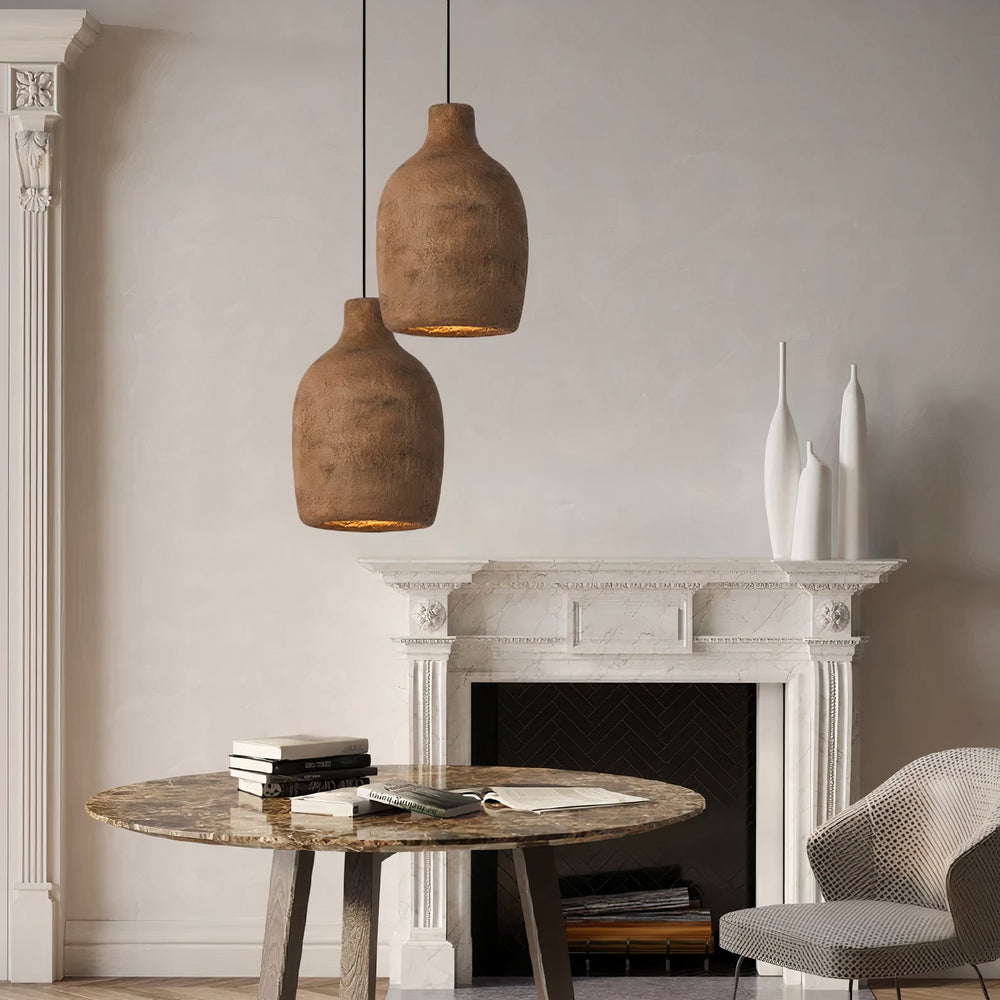
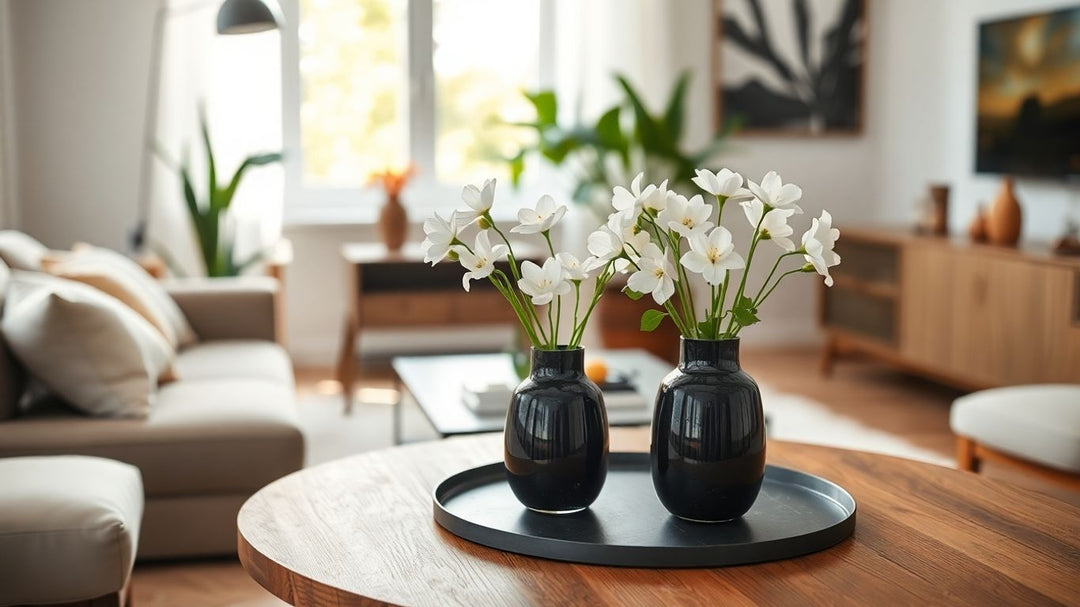
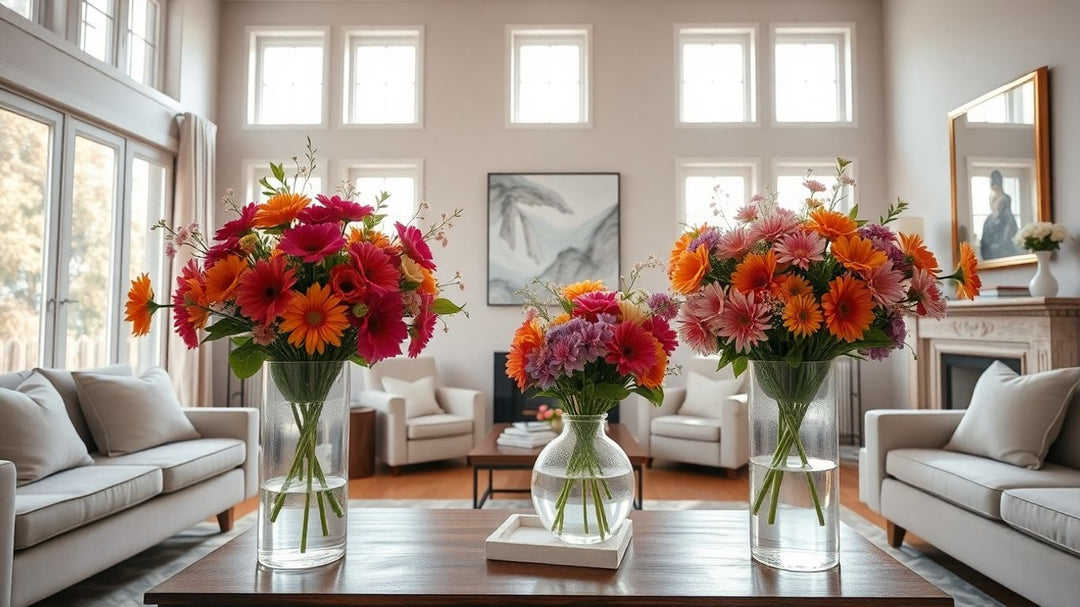
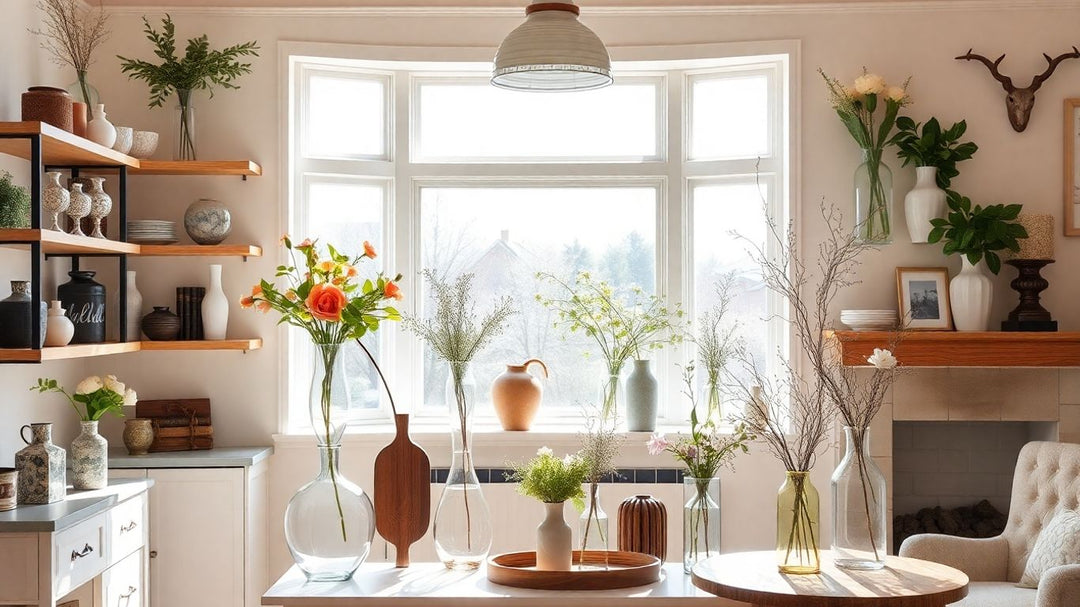
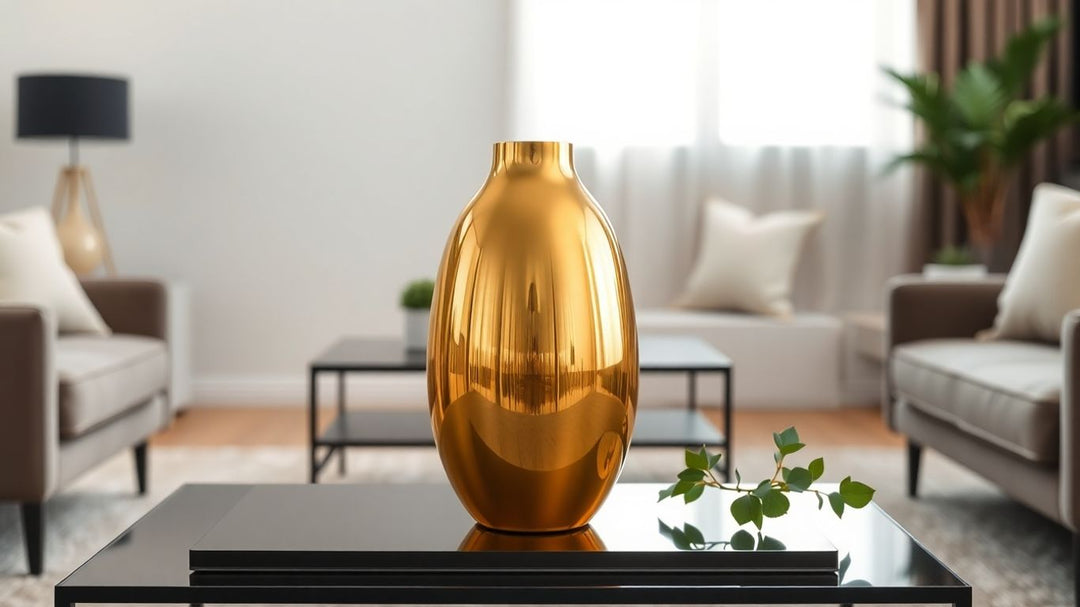
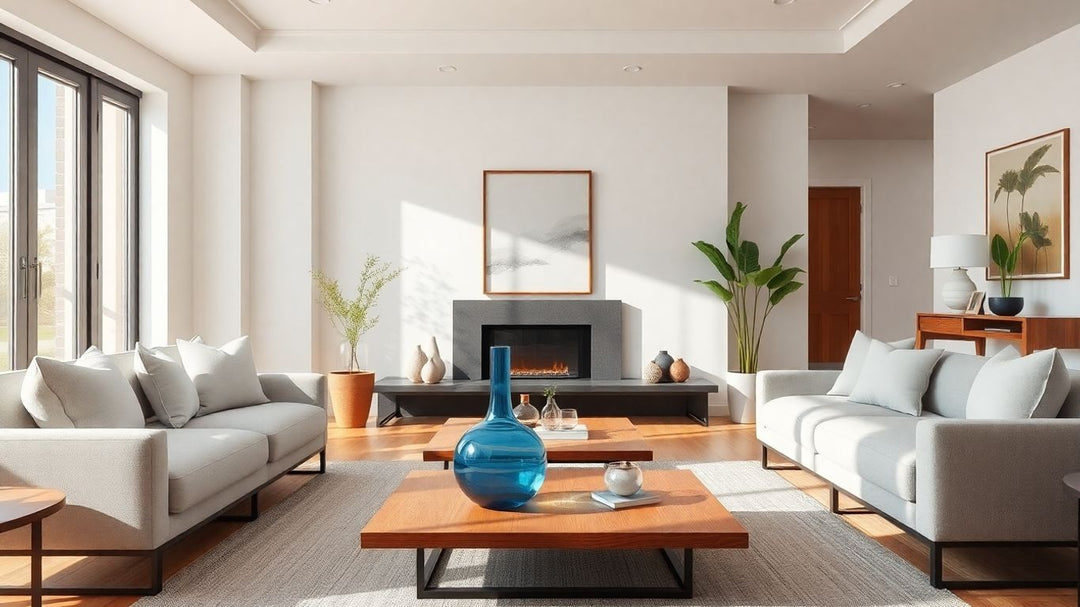
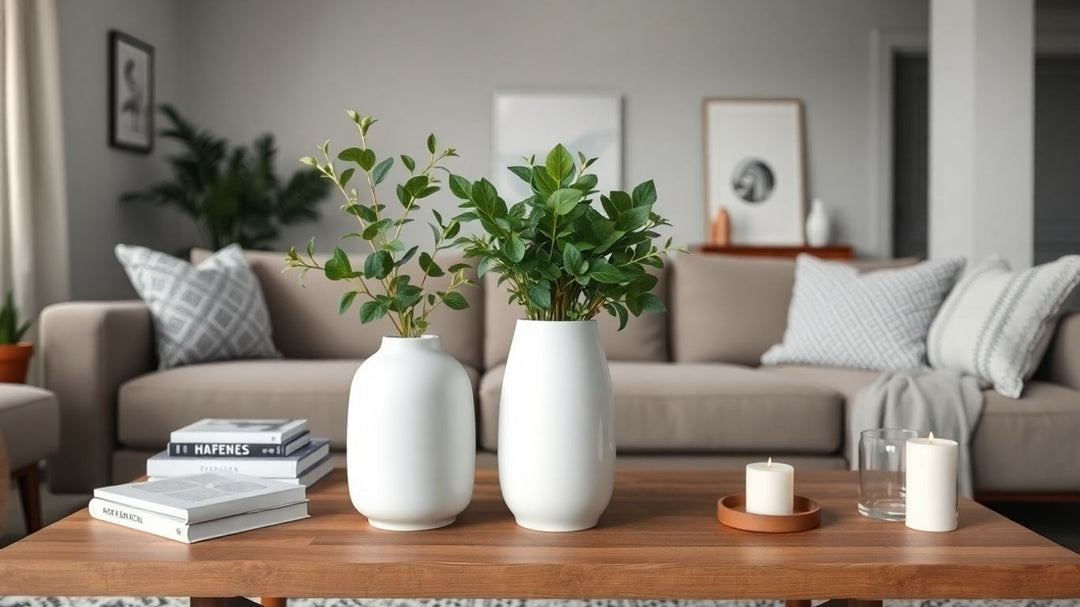
Leave a comment